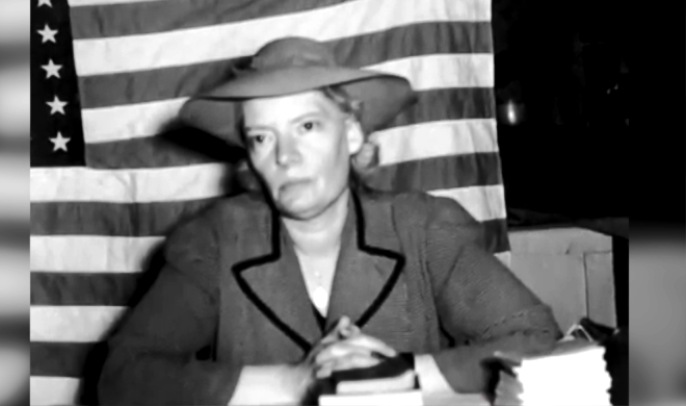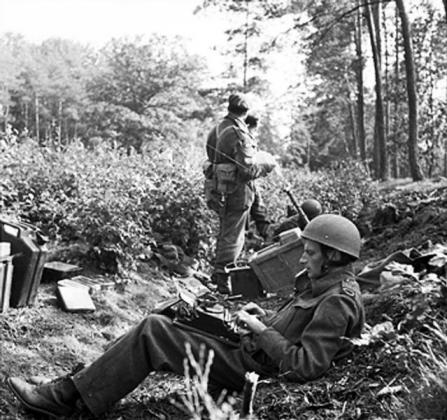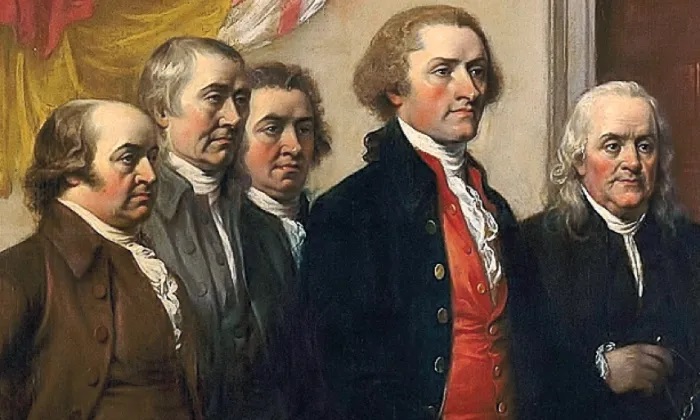On his recent visit to the United States, Pope Francis talked about several Americans who had an impact on Catholics in general and the Church, in particular. One of them was journalist Dorothy Day, a name not readily familiar to most.
Former Washington Post columnist and current Peace Studies teacher, Colman McCarthy, offered a fuller background on Day and the work that Pope Francis esteemed.

“On a recent evening the five members of the Dorothy Day Catholic Worker house at 503 Rock Creek Church Road in [Washington D.C.s] Petworth neighborhood welcomed some 70 friends and backers to enjoy two kinds of nourishment: a vegetarian meal and a film. The latter was a documentary on Dorothy Day by Bill Moyers, first aired in 1973. That year was the 40th anniversary of the Catholic Worker, a lay pacifist and social justice movement that Day co-founded and one that would be as independent of hierarchical control as it was spiritually tied to Christ’s call to serve the poor and combat Caesar with the moral force of nonviolence.
“If anyone has been steadfast to Dorothy Day’s brand of Christianity, it is the community on Rock Creek Church Road. Led by Arthur Laffin, it opened in 1981. Currently five homeless or refugee families live in the 13 room three story house.
“Early every Wednesday morning Laffin and others are at a Florida Avenue wholesale produce market begging for food and distributing it at 10 a.m. to anyone who comes to the house–no questions asked, no I.D.s checked. Thursday afternoon the community distributes food at McPherson Square, the core of Washington’s homeless belt. Since 1987, the community has staged weekly antiwar vigils at the Pentagon. At noon on Fridays, it protests the Bush wars in front of the White House.
“Like Dorothy Day, Laffin is a pacifist. Like her, he lives in voluntary poverty, is self-educated in the literature of peace, has been jailed on nonviolent civil disobedience charges and intends to remain a loyal Catholic ever mindful the social gospels.
“It is now the 75th anniversary of the Catholic Worker. It began May 1, 1933 at a Communist Party rally in New York City’s Union Square. That afternoon, Dorothy Day, then 36, worked the Depression-era crowd handing out her eight-page tabloid newspaper, ‘The Catholic Worker.’ Included with articles about poverty, unemployment and injustice was Day’s editorial laying out the paper’s mission:
‘….For those who are huddling in shelters trying to escape the rain. For those who think that there is no hope for the future, no recognition of their plight—this little paper is addressed. It is printed to call their attention to the fact that that the Catholic Church has a social program, to let them know that there are men of God who are working not only for their spiritual but for their material welfare.’
“At Dorothy Day’s death in 1980 at 83 in Manhattan’s Lower East Side where she had lived a half-century with the Bowery’s lost and lonely, speculation arose that the communal movement would soon vanish absent its founder’s energy. The opposite has happened. By latest count, some 185 Catholic Worker houses of hospitality–not be confused with sterile municipal shelters–are carrying on the works of mercy and rescue in all parts of the United States. They are equally independent of the state, accepting no federal money and seeking no 501(c) (3) tax exemption.
“Three years after the first issue of the Catholic Worker newspaper, circulation rose from 2500 copies to more than 150,000. Still published monthly, it is the nation’s only paper that can rightly claim it has held to one editorial line, one typographical layout and one price: a penny a copy.
“In her column, ‘On Pilgrimage,’ Dorothy Day ranged from reportage on the daily doings at the Worker’s soup and bread lines to criticism of the church hierarchy. In the 1960s when a Catholic cardinal went to the White House for a prayer service with Richard Nixon and when another cardinal was in Vietnam blessing U.S. warplanes, Day unloaded: ‘What a confusion we have gotten into when Christian prelates sprinkle holy water on scrap metal to be used for obliteration bombing and name bombers for the Holy Innocents, for Our Lady of Mercy; who bless a man about to press a button which releases death to 50,000 human beings, including little babies, children, the sick, the aged…’
“Day, Brooklyn-born and raised in no religion, embraced Catholicism in 1927 when she was 30. Before that, and hustling around as a free-lance reporter in Greenwich Village, she gassed the nights away with Eugene O’Neill, drank with John Dos Passos, went to jail for women’s rights with suffragist Alice Paul, read Peter Kropotkin, had an abortion and bore a child in a common-law marriage that sputtered out.
“There ought to be something more, she thought. To the alarm of her Bohemian pals in the speakeasies and on the barricades, she found the elusive something in the Catholic Church and its social teachings.
“In the next 50 years, pushed by God’s grace and her own grit, she would attend daily Mass, pray the monastic hours, feed and house uncounted thousands of the jobless and homeless, write eight books, be hounded by the FBI, bond with labor unions, be imprisoned on civil disobedience charges (so often that a New York jail had a ‘Dorothy Day suite’), get the paper out, be uncompromising in her commitment to nonviolence and be invited by Eunice Kennedy Shriver to spend time in Hyannisport to take a break from all the frenzy. She would be written about by Robert Coles, Garry Wills, Dwight Macdonald and Michael Harrington, and scores of second tier scribes. Commonweal magazine called her ‘the most significant, interesting and influential person in the history of American Catholicism.’ …
“On her possible canonization, Dorothy Day had a thought or two. Thanks but no: ‘When they call you a saint, it means basically that you are not to be taken seriously.’
“At Day’s funeral in late 1980s, no Catholic bishop attended the Requiem Mass. Years later, when she was not around to rebuke churchmen for their just war theories, it was safe to call on the Vatican to create St. Dorothy. One promoter for sainthood was Cardinal John O’Connor of New York and in front of whose St. Patrick’s Cathedral Day and fellow Catholic Workers had often protested the Vietnam War that the cardinal, as the U.S Church’s military vicar, supported.
“If Day ever is canonized, it might be as the patron saint if holy irony.”
Comments









